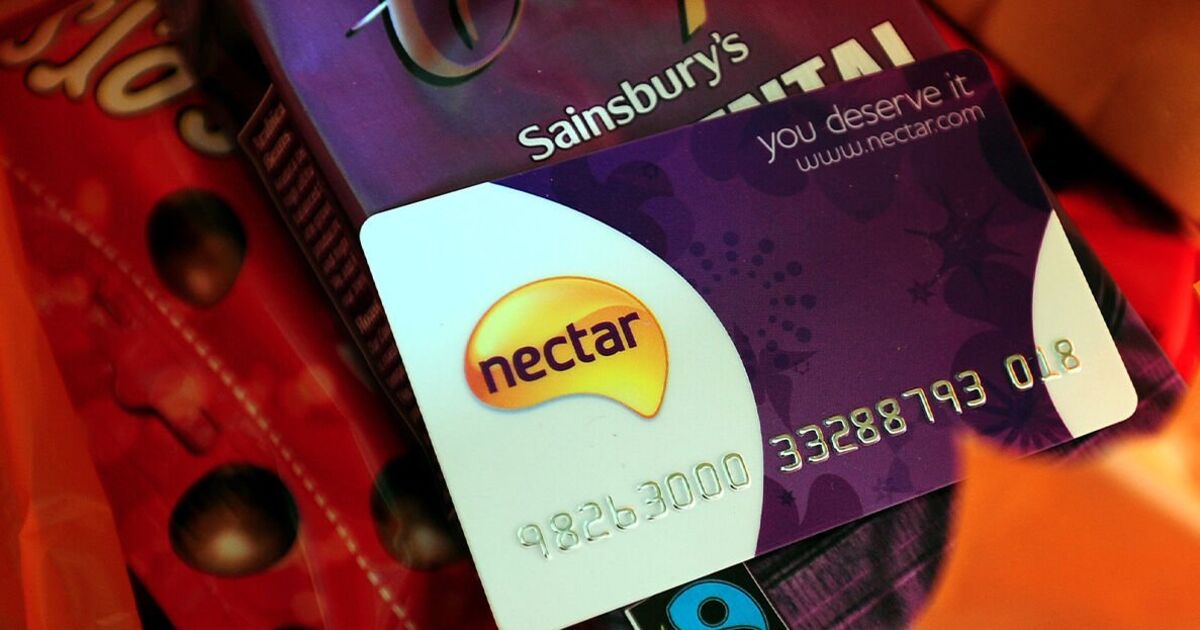
Shoppers using a Sainsbury’s Nectar card are being warned that they could spend an extra £337 annually on groceries compared to other shops.
According to the latest analysis from consumer website Which?, a shopping list of 100 popular grocery items in January cost an average of £214.04 at Sainsbury’s for those using their Nectar card – £28.21 more than at Aldi, the UK’s cheapest supermarket. Over a year, this could add up to an additional £338.52 in costs.
Without a Nectar card, Sainsbury’s shoppers paid £223.84 for the same list, widening the cost gap further.
For comparison, Aldi shoppers paid just £185.83 on average for the same items. Fellow discounter Lidl was close behind, with a total of £186.59 for Lidl Plus members and £186.62 without the loyalty scheme.
Asda has regained its position as one of the UK’s cheapest supermarkets for larger shops, with a 210-item basket costing £518.90. This beat Tesco’s Clubcard price of £529.01 by £10.11.
Asda’s return to the top spot follows its recent decision to drop its Aldi and Lidl price match scheme in favour of bringing back Rollback pricing, reducing over 4,000 products by an average of 25%.
Waitrose remained the most expensive supermarket, with a larger shop costing £592.34. It was also the priciest option for smaller baskets, totalling £242.91 – £57.08 more than Aldi, a 31% difference.
For Tesco Clubcard members, the smaller 100-item shop averaged £207.66, while non-members paid £213.14.
Which?’s latest analysis highlights how supermarket choice and loyalty discounts can significantly impact households’ grocery bills.
Reena Sewraz, Which? retail editor said: “Our latest monthly analysis once again sees Aldi crowned as the UK’s cheapest supermarket. However, Lidl remains hot on its rival’s heels. Asda has also made up some ground after slipping back in our rankings in recent months.
“With people still feeling the effects of food inflation, they are likely looking to cut costs where they can. Our analysis shows that by switching supermarkets, consumers could save up to 23%, highlighting the advantages of shopping around where possible.”


















